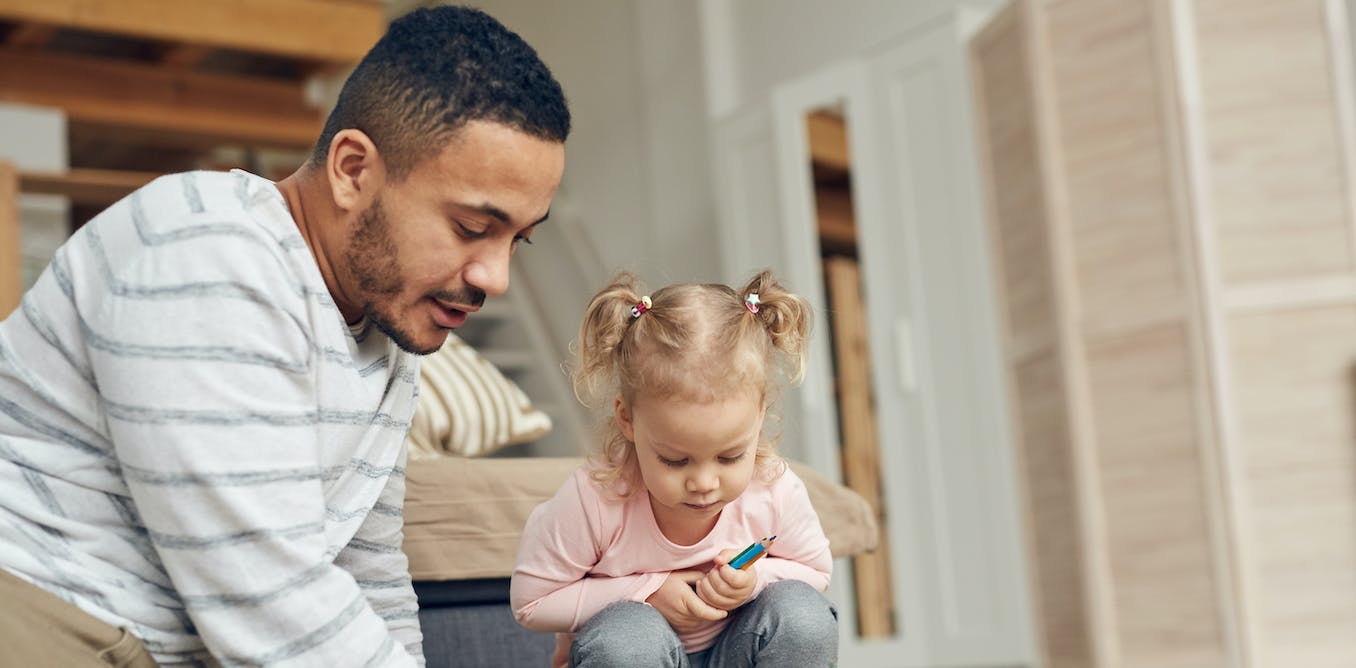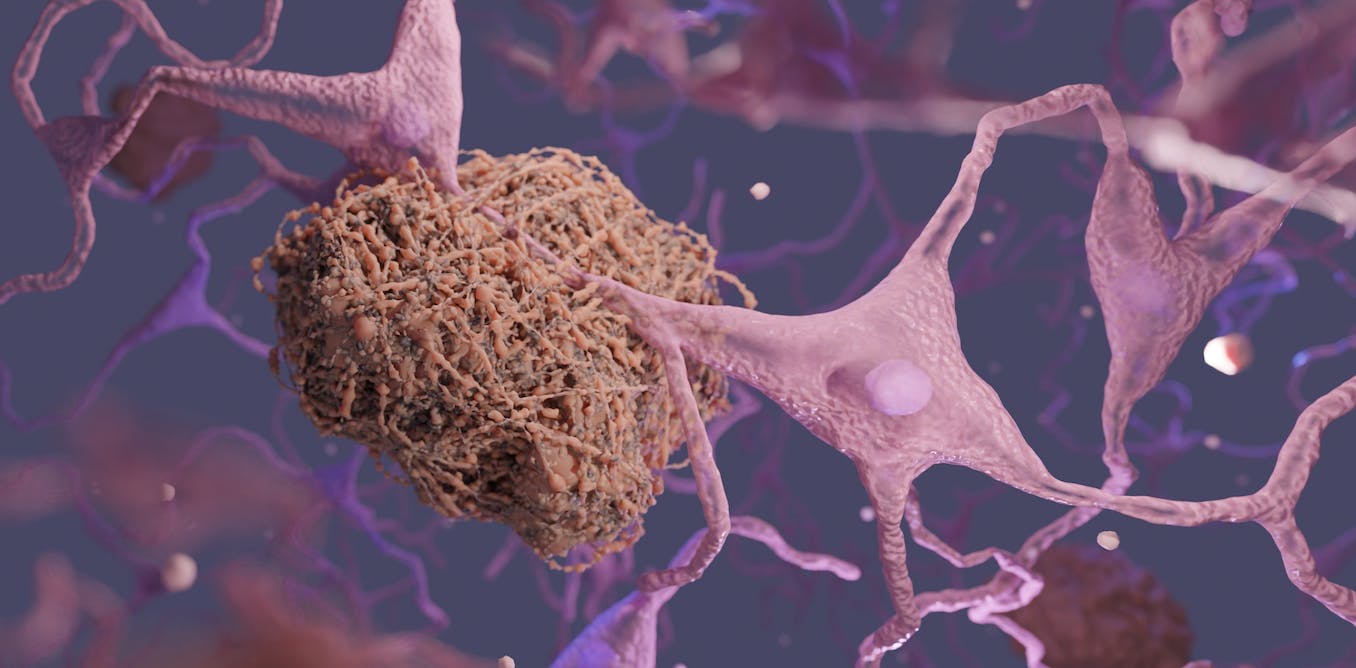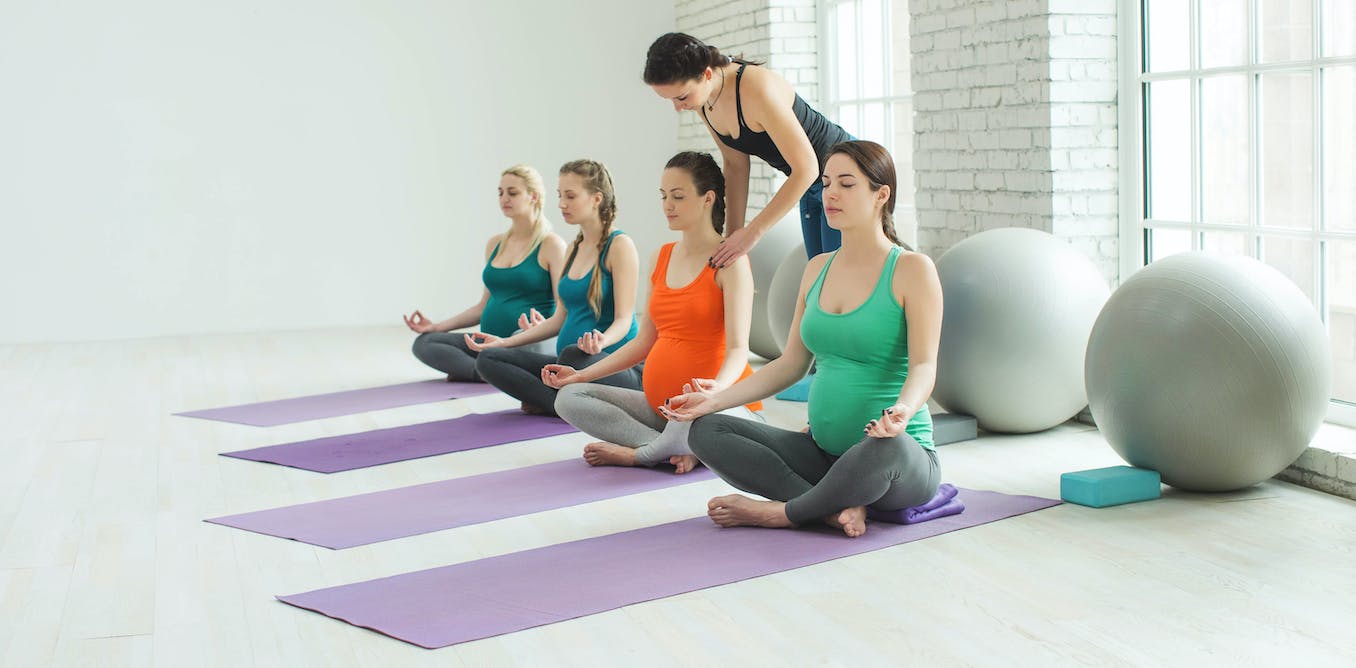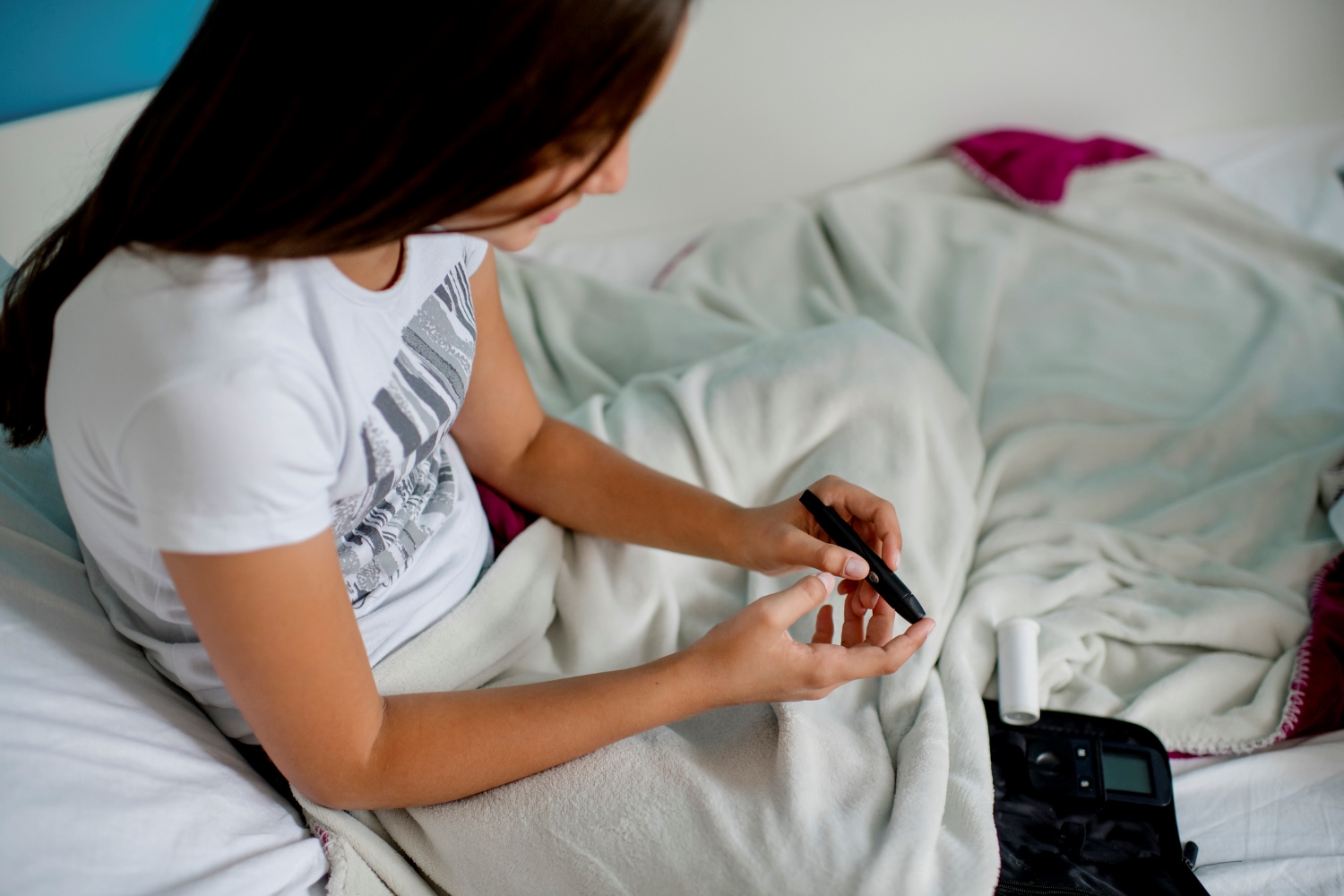Recent data from the UK’s Office for National Statistics suggests the COVID pandemic may have triggered a substantial rise in the number of stay-at-home dads across the country. One in nine stay-at-home parents were fathers in 2022, compared with one in 14 in 2019.
The pandemic may also have accelerated a broader shift in the share of childcare fathers are taking on. Figures suggest UK working fathers spent 65% of the time working mothers did on childcare in 2022, compared with 54% in 2014 to 2015.
Substantial disparities remain, of course. UK mothers still form the vast majority of stay-at-home parents, and are more likely than fathers (35% compared with 6%) to work part-time.
Nevertheless, the increase in fathers’ caregiving suggests that, although mothers often took on a disproportionate share of lockdown childcare, the substantial extra time many fathers spent with their children may have prompted lasting shifts.
Our research
A growing body of research on caregiving fathers and their families is helping to answer questions about how fathers come to take on extensive childcare, adapt to different responsibilities and manage challenges.
Our research is centred on fathers in the UK who are equal or primary carers. We’ve interviewed a group of such fathers twice, first in 2016 and then in 2021, in the middle of a COVID lockdown.
The fathers in our research had often initially taken on the roles of primary or equal carer unexpectedly, in response to work, personal or family circumstances. But once taken on, these roles seemed to lead to lasting changes.
From the outset of our research, we aimed to explore how fathers adapted to their roles, as well as the ways their journey developed as their children grew older, and through a variety of life’s challenges. We hadn’t anticipated one would be a global pandemic, but found ourselves uniquely positioned to look at the impact of COVID-19 on the experiences of caregiving fathers.
Read more:
Caring, confident dads have structurally different brains – new research
During the second set of interviews, we found the men’s care roles had proved highly durable. Moments of upheaval and change, from the birth of new children, to moving house, or changes to employment, had sometimes triggered shifts in how care responsibilities were organised. Yet these “crossroads moments” were often navigated with fathers’ caregiving responsibilities as an unquestioned starting point. Their unusual roles had become routine, expected and enduring.
Nowhere was this more evident than the onset of the COVID pandemic. We wondered whether the circumstances of lockdown – and potentially the daily presence of both parents – might result in a shift of responsibilities back towards the mother. Yet most of the fathers had either taken on lockdown responsibilities in proportion with existing roles, or had increased their share of caregiving.
A pragmatic approach typically saw childcare shared out according to the unusual divisions of responsibility already established in the families, as well as the practicalities of each parent’s work commitments. For example, lockdown occurred at a crucial time for one participant’s partner’s career, prompting him to reduce his hours to take on most of the additional childcare.
It was really important to us that she could maintain the integrity of the work she was doing… But it meant that, my work stopped… throughout the day… because I had the children.
In other cases, parents took turns to shoulder the care and home-schooling.
Ground Picture/Shutterstock
Lasting commitments, lasting challenges
What this shows, we think, is that once extensive paternal care roles have been adopted, the routines, skills, bonds and parental identities developed can establish such roles as normal, enabling them to continue, or extend further, in the face of challenges or change.
Caring for their children so extensively had transformed fathers’ relationships with their children, and often fostered an understanding of themselves as largely interchangeable with their partners.
Because of this, the fathers in our study were particularly well-placed to take on an equal or greater proportion of additional childcare to their partners when COVID hit.
Beyond our study, these findings may give reason for cautious optimism about the broader range of fathers who suddenly took on more childcare during the pandemic. Indeed, survey data shows that 65% of partnered fathers reported improved relationships with their children and 48% said they felt more competent as a parent after lockdown.
Read more:
Young people reveal the struggles of lockdown – and how they coped
Our study also showed that fathers’ caregiving roles were not without challenges or limitations. Difficulties that persisted over the years included a tendency for mothers to lead on parental decision-making, and nurseries, schools and other institutions preferring to communicate with mothers. Fathers also found it difficult to integrate with “mother-centred” communities of parents, and their gender continued to be a barrier at times, with the mother sometimes regarded as the “default” caregiver.
There are many obstacles to enabling more fathers to share childcare at least equally with their partners, and to ease the challenges for families. Effective forms of parental leave that allow fathers to be highly involved from the start are essential, particularly given what our research shows about how roles can persist once established.
Longer-term support is also important, notably in relation to flexible and supportive work environments. And we need to see transformations in the way schools – and other institutions and networks with which parents engage – include fathers.




